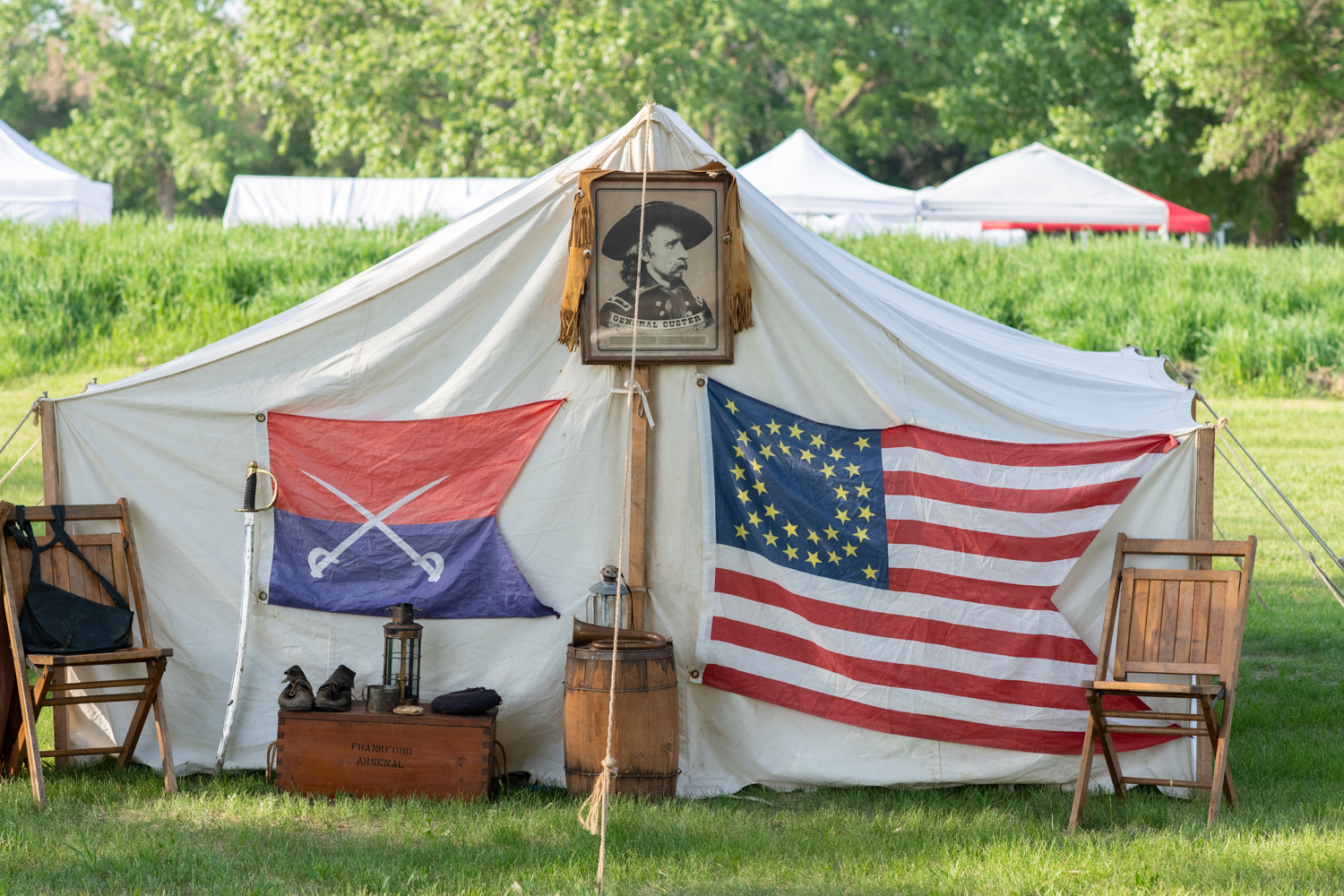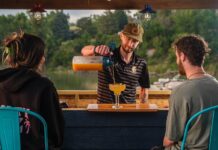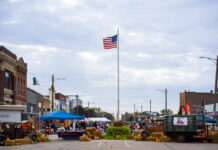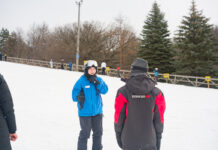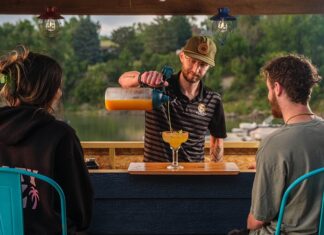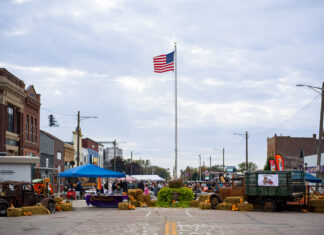“Even if you’re not big into history or reenactments, there is something at the Fort Sisseton Historical Festival for everyone of all ages,” said Ali Tonsfeldt, park manager at Fort Sisseton Historic State Park.
Since 1978, the three-day event has taken place every year on the first full weekend in June and is one of the longest- running annual events put on by South Dakota Game, Fish, and Parks.
“The purpose of the festival was to bring visitors to Fort Sisseton and to raise funds for improvements that were needed to take the buildings from a very sorry state to what you see today,” said Tonsfeldt.
Since the first festival, the event quickly turned into a tradition, and people started to come from all over the Midwest to participate.

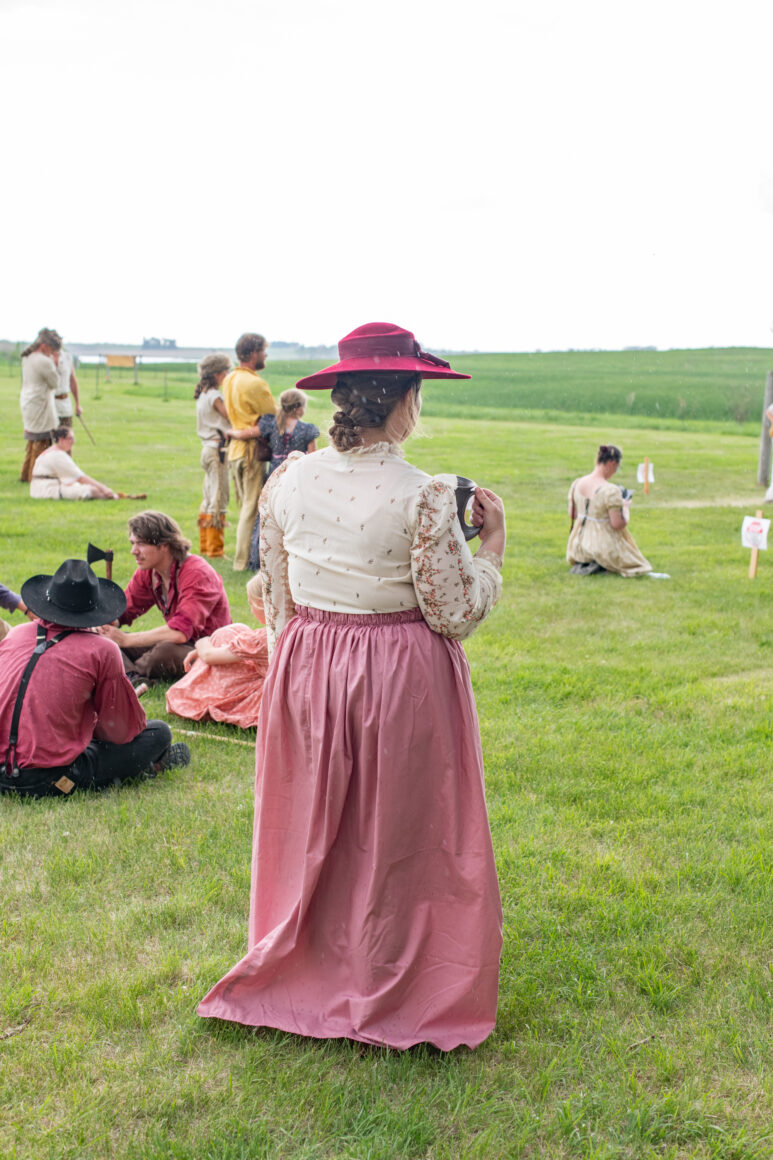
“The festival’s a great time to get away from our busy life & to immerse yourself, your family, & your friends into history.”
-Ali Tonsfeldt
During the event, the park grounds transform into a fort from the 1860s. Cavalry troops and infantry unit reenactors form a Civil War encampment complete with soldiers, women, children, tents, uniforms, horses, and memorabilia.
A walk around the lively campgrounds reveals fur traders, muzzleloaders, a chuckwagon, riflemen, musicians, arts and crafts, knife throwing, gypsies, and more.
“You feel like you’ve stepped into the past when Fort Sisseton was a hub of activity for the northeast corner of the Dakota Territory,” shared Tonsfeldt. “The buildings are authentic, the reenactors give their all, and the entertainment and speakers are top-notch.”
The festival aims to faithfully replicate the entire scope of frontier life and settlement, complete with historic figures, melodramas, period dances, and songs and music from the war.
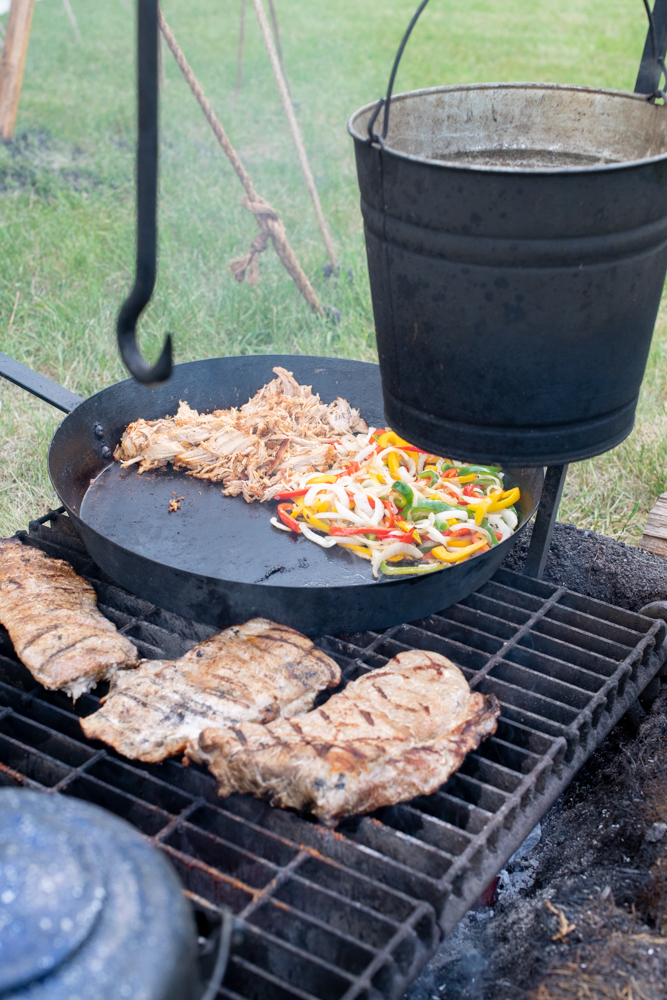
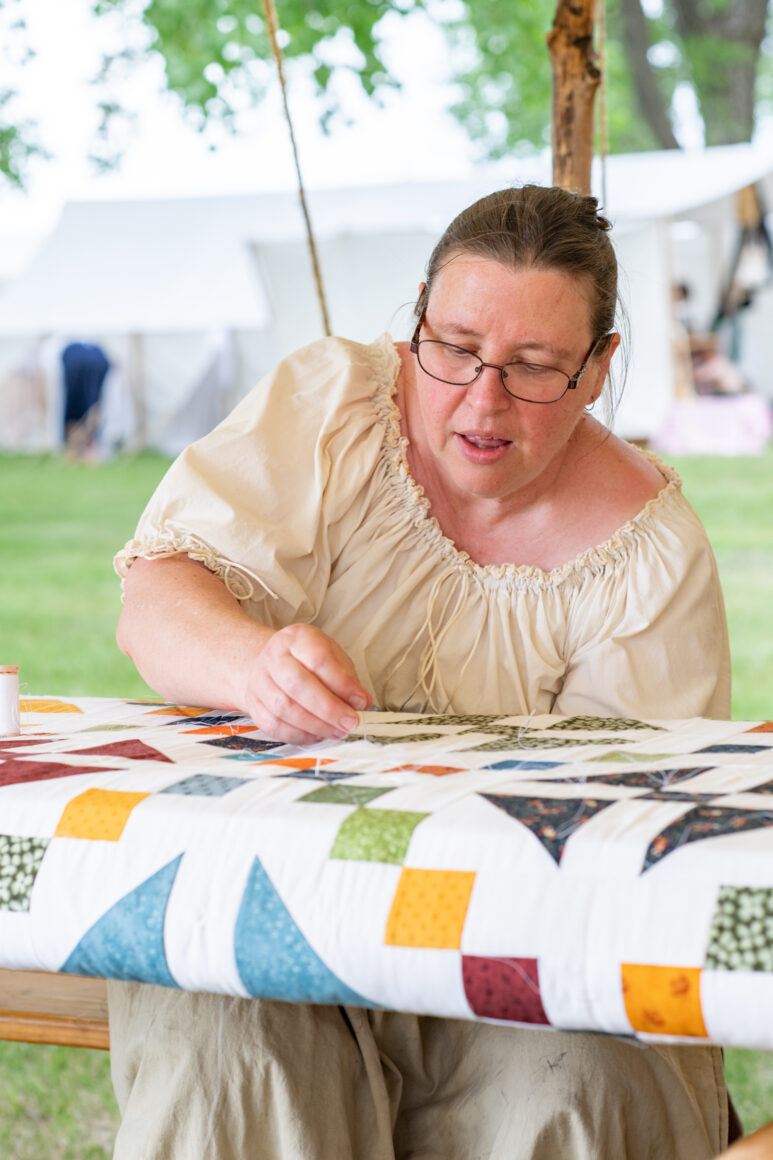
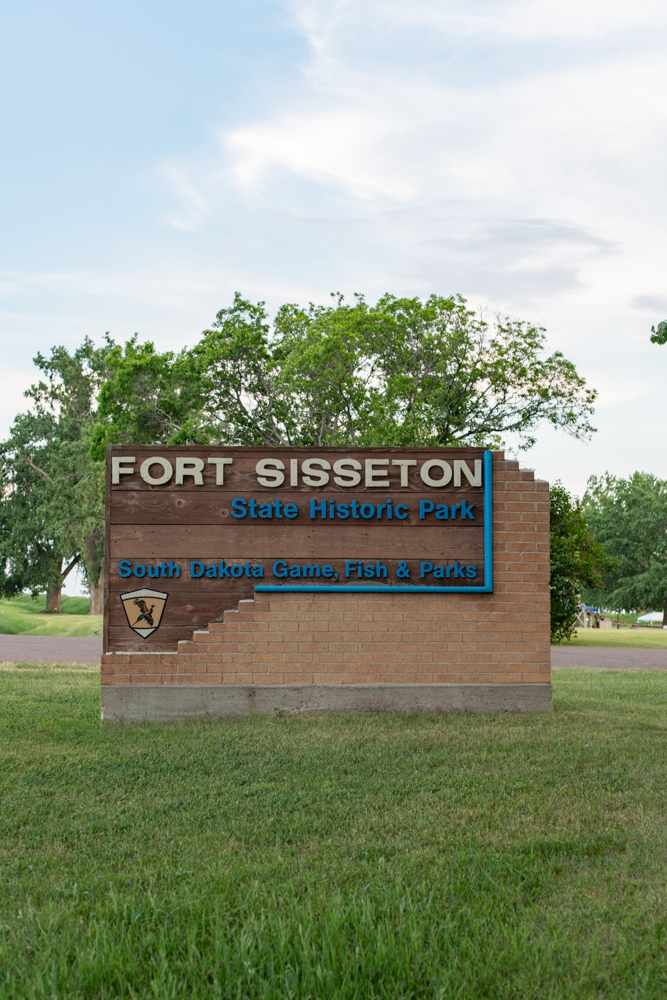
Last June, 605 perused the campground at our leisure, attending different workshops and performances, and engaging in conversation with the convincing reenactors, like General Custer and Teddy Roosevelt.
On Saturday of the festival, Tonsfeldt herself helped dress us up in period clothing to participate in the Grand March, a tradition where actors and visitors alike can put on their finest clothes to promenade.
“My favorite part of the festival is watching families, couples, individuals, the volunteers, the staff, and the reenactors enjoying the entertainment, laughing and having fun with their group, conversing with each other, and enjoying history,” said Tonsfeldt. “It makes the long days and all of the work that goes into the event totally worth it.”
As the park manager, Tonsfeldt has the unique opportunity to experience the richness of tradition firsthand. She reveals two attendees who were at the very first festival in 1978 still attend every year. One of them still drives the same pickup truck he drove to the first festival, Tonsfeldt shares.
IMMERSE YOURSELF IN HISTORY
1800s Church Service
19th Century Cricket
Arts and Crafts Booths
Blacksmith & Carpenter Demonstrations
Calvary Demo
Cannon Demonstration
Chuckwagon Plate Fundraiser
Dutch Oven Demonstration
Firearms Demonstration
Flag Raising Ceremony
Grand March
Gypsy Fortune Telling
Hawk & Knife Throw
Infantry Drill
Kids Scavenger Hunt
Melodramas
Military Ball
Military Period Encampment
Period Dance Instruction
Side Saddle Demonstrations
South Dakota Fiddlers
Wagon Rides
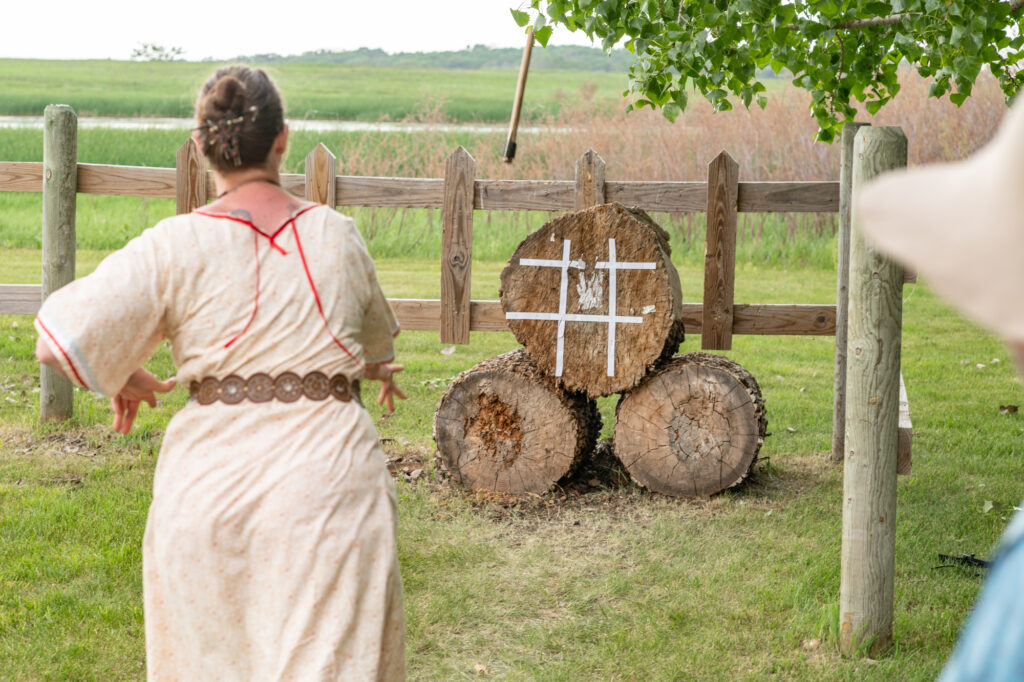
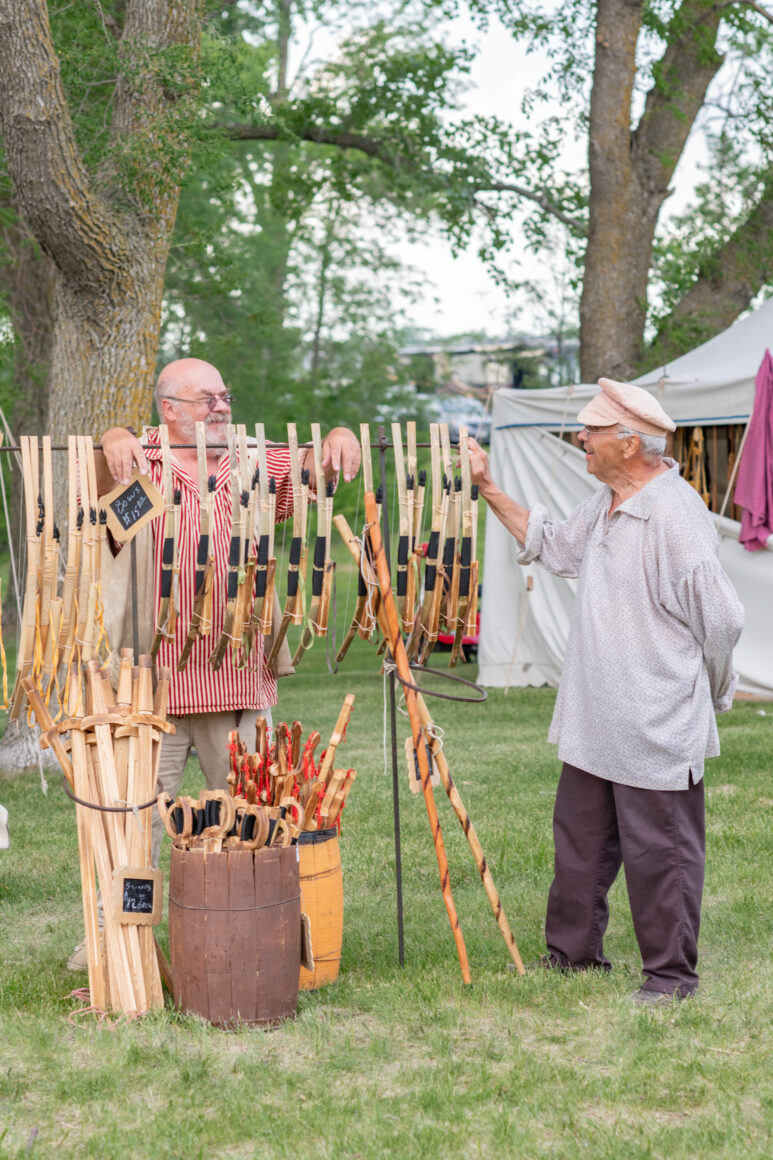
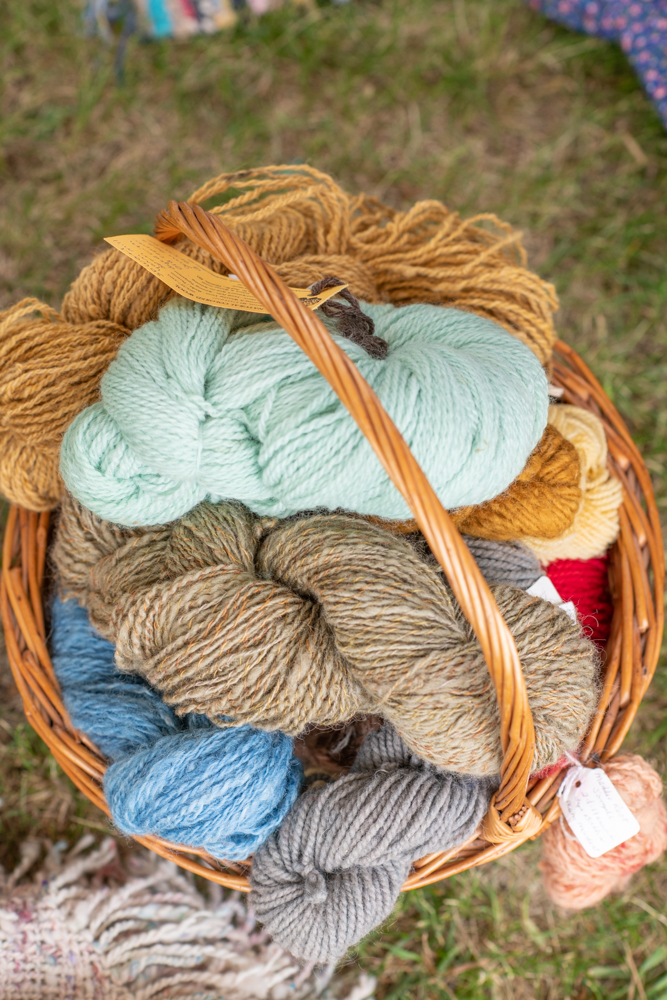
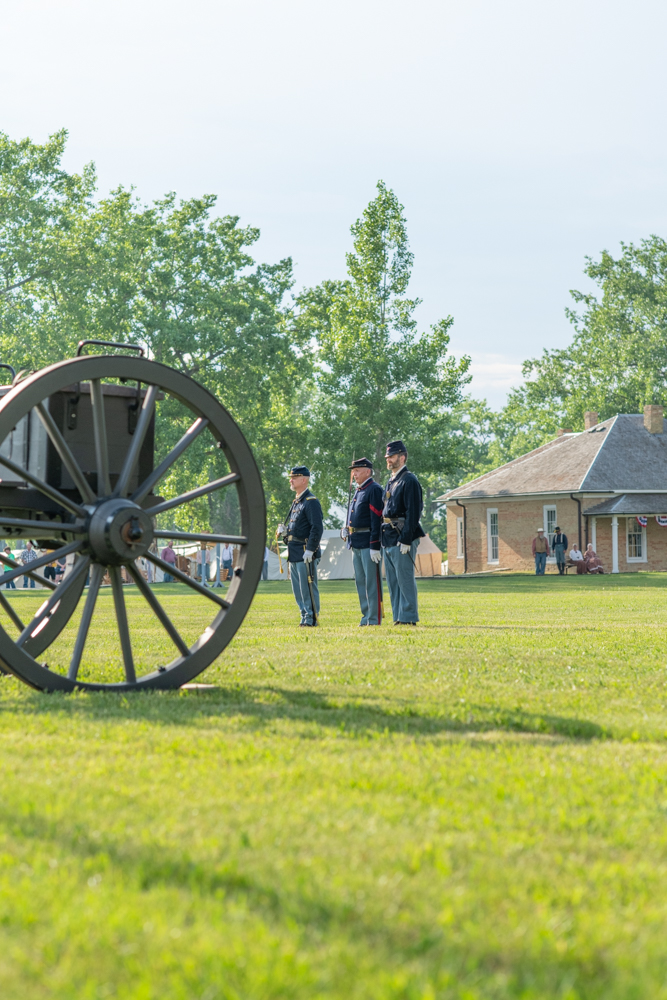
“We also have one area of the campground that we call Lover’s Lane, because a young couple got married and came to the festival on their honeymoon. They camp in the same spot every year and now their children and grandchildren camp alongside them in the same location,” said Tonsfeldt.
New to the festival this year is the ability to participate in a game of 19th century cricket, to honor the history of cricket teams in South Dakota.
With opportunities from the Mounted Shooting Competition—where riders shoot targets while riding at full speed—to the Chuckwagon Cooking Demonstration to the Military Ball, the festival is a can’t-miss adventure.
“It’s like seeing history come alive in a true experience at a historical fort that was created in 1864.”
-Ali Tonsfeldt
Tonsfeldt shares there are over 150 people who are actively participating as performers during the three-day weekend, in addition to over 68 volunteers and numerous staff members.
In fact, local supporters “accuse” the event of doubling the population of rural South Dakota in one weekend: the festival sees around 10,000 visitors annually with over 200 campers who camp on site, she says.
The event is inexpensive to attend, with tickets costing $5 per person ages 11 and older.
Camping onsite is available at $25 a night, and includes four tickets into the festival.
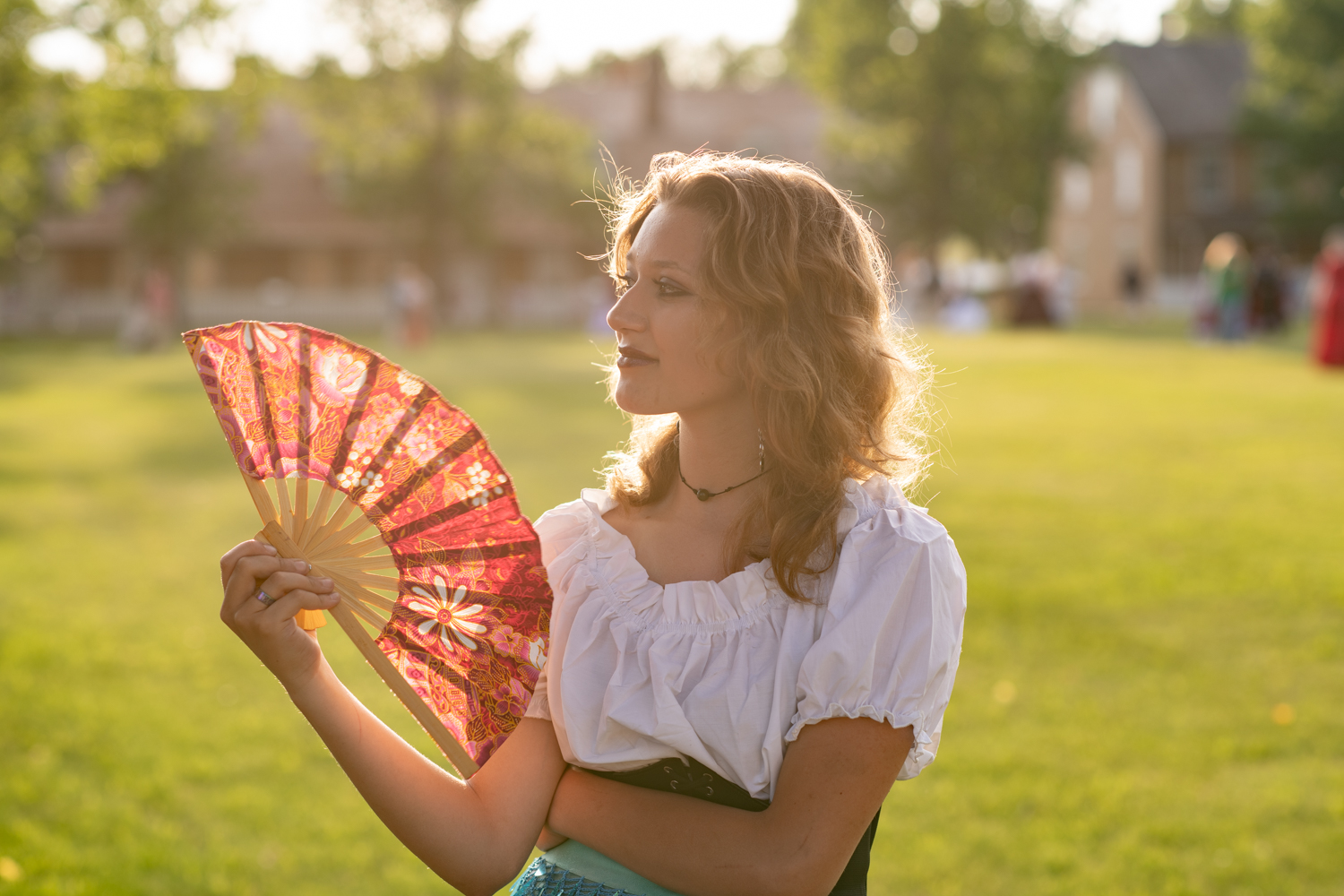
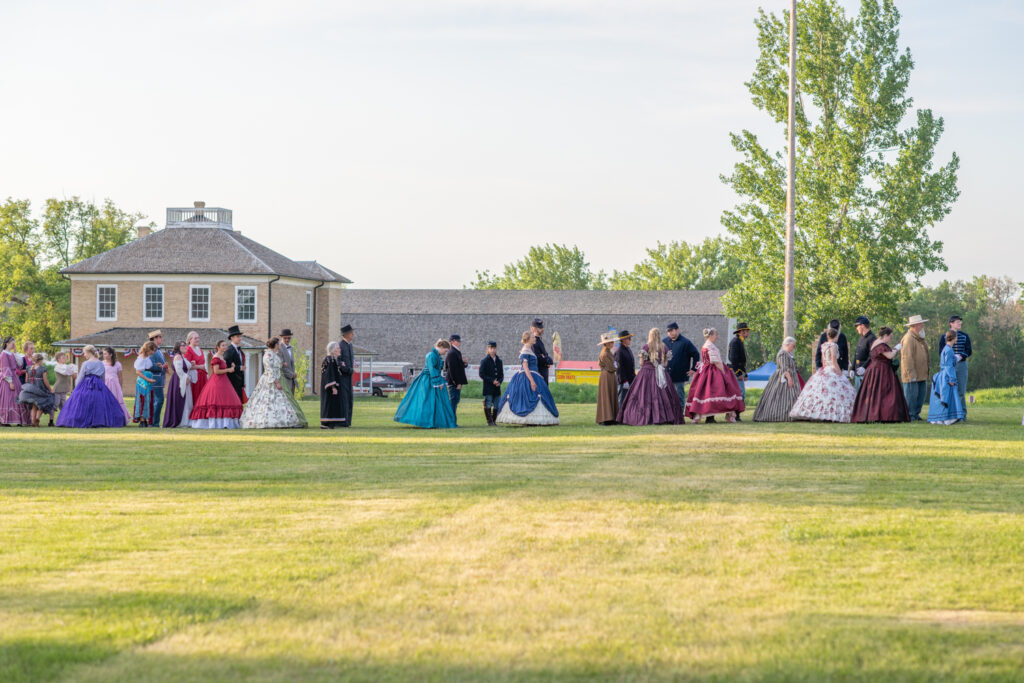
ALI’S ADVICE
There’s so much to do & see, so don’t rush yourself. Make it a day. We have some great food vendors, entertainers, wonderful arts & crafts for sale, reenactors, & hands-on things to do.
“Grandparents bring their grandchildren, parents bring their children, and adults bring their friends,” shared Tonsfeldt. “People make this their annual camping event, or family event, for a reason.”
The festival is not only a place where history is remembered, but one where history is made. Or, as Tonsfeldt says, “you and history meet face to face.”
When the 605 team arrived, the busy park manager was bubbling over with an exciting secret: a young man would propose to his girlfriend during the Grand March. She gave us the whole scoop, including that the pair grew up together attending the festival.
As the sun began to set, we joined the march in our colonial getup and watched the proposal happen live. The crowd let out a riotous cheer for the young couple before dancing the night away.


